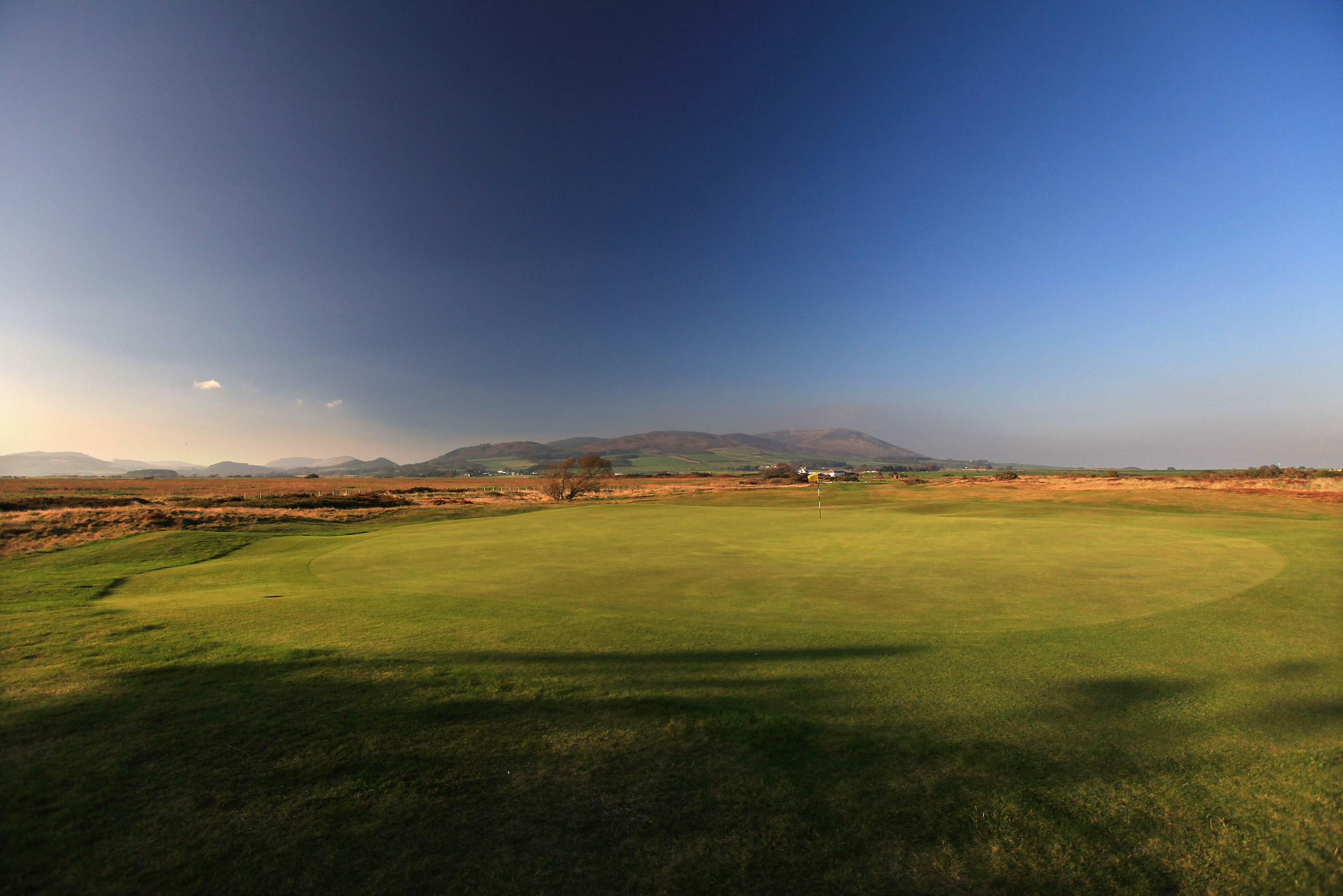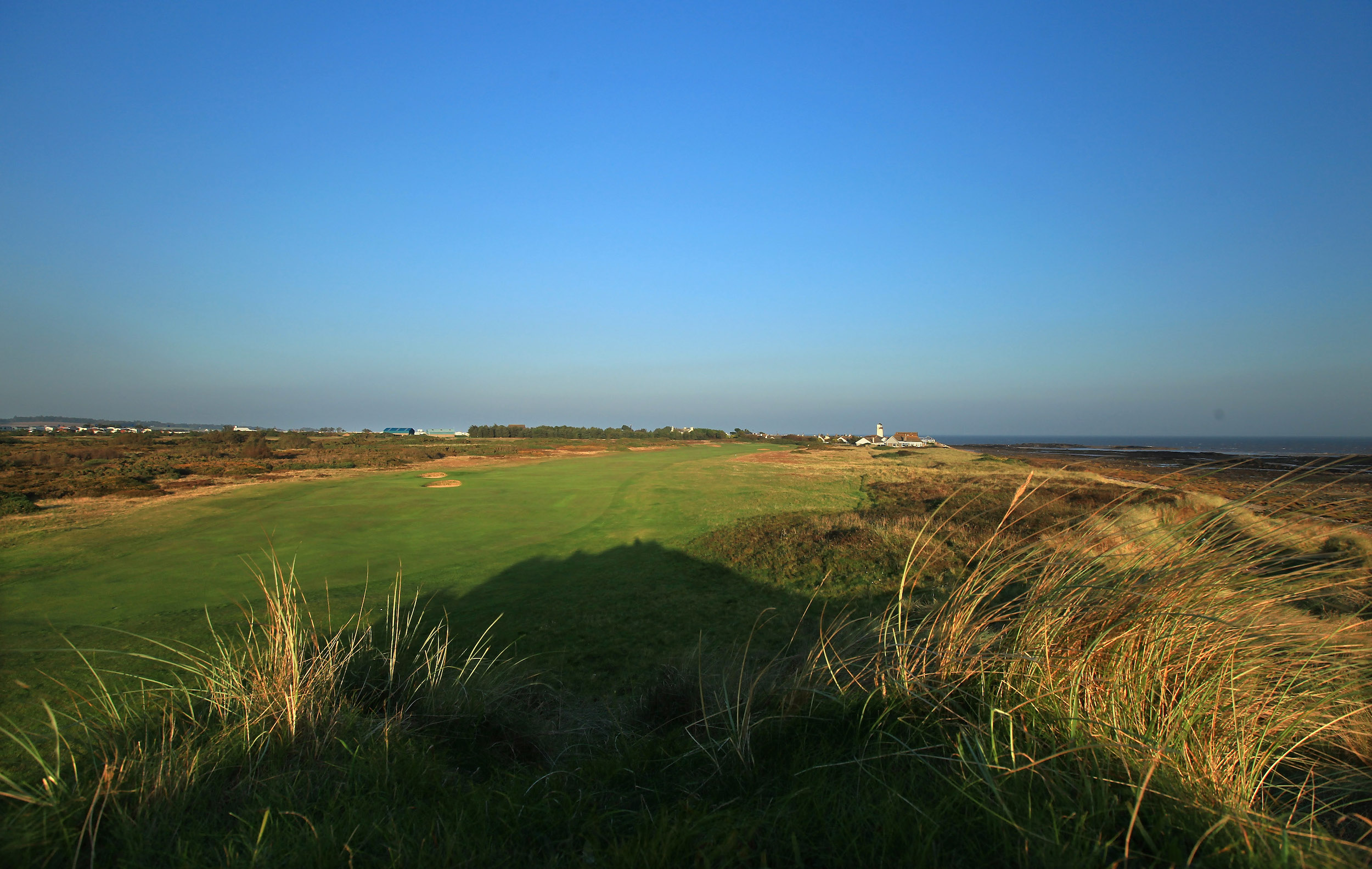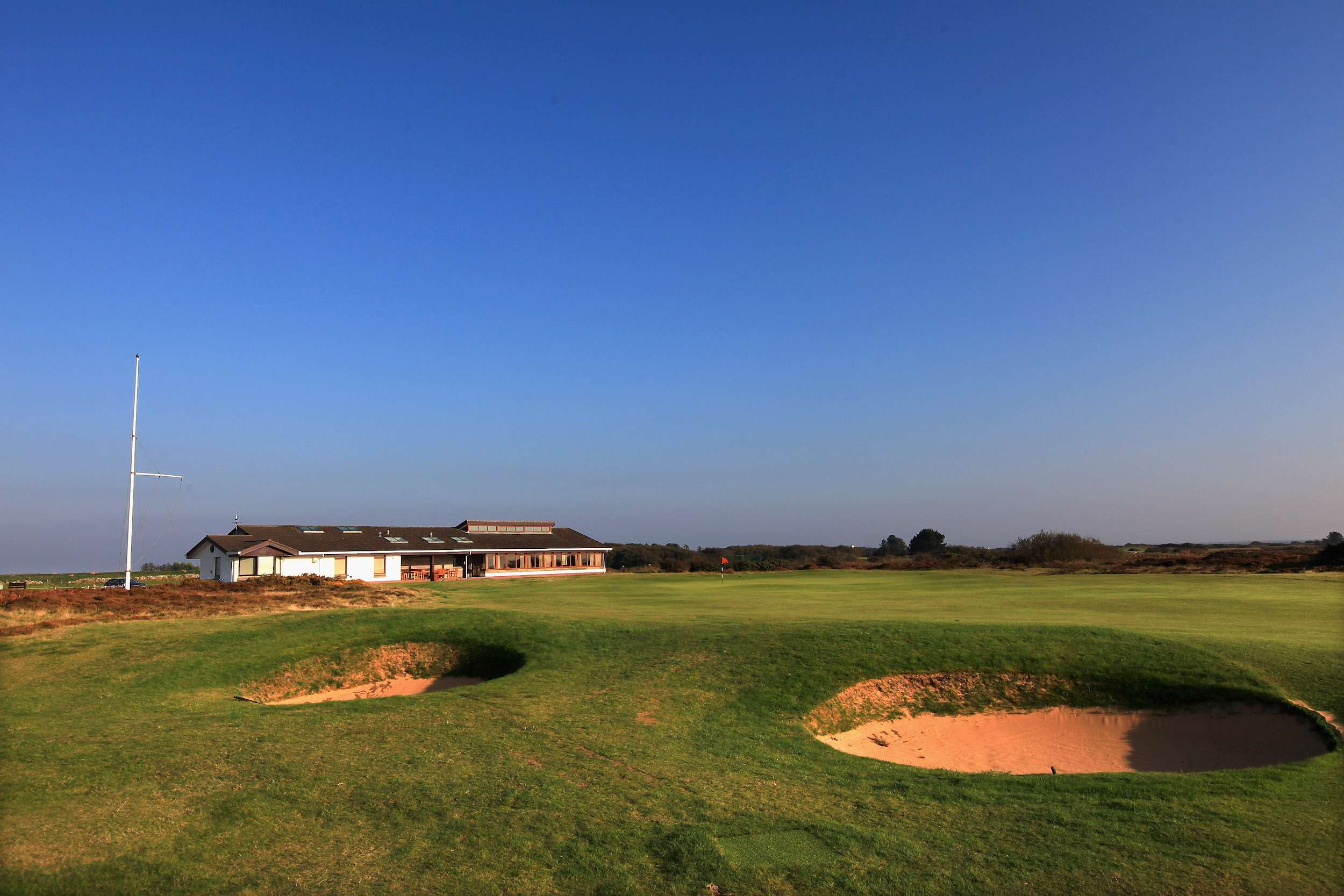Southerness Golf Club Course Review
The mid-20th century links at Southerness Golf Club on the Solway Firth in Dumfries and Galloway is a golfing adventure that's well worth the journey


Southerness Golf Club Course Review
GF £45-£70wd; £55-£90we
Par 69, 6,566 yards
Slope 131
GM Verdict – A number of strong par 4s and just two par 5s make this links a challenging par 69 in any sort of breeze
Favourite Hole – The par-4 12th, with its exciting green site set very close to the Solway Firth

The 11th is one of several excellent mid-round holes that play along the Solway Firth
Take the M6 all the way to the top, turn left at Gretna, left again at Dumfries, and 15 miles later you will arrive at one of the best golf courses in the Southern Uplands of Scotland. From the fine links outpost at Southerness it may be just nine miles as the crow flies across the Solway Firth to one of the best links courses in England at Silloth on Solway Golf Club, but it’s 72 miles and an hour and 45 minutes by road on account of the geography in this part of the UK. Its relative remoteness also makes Southerness a great value option as one of the best courses in Scotland you can play for under £100.

The 169-yard 4th is the first of five par 3s
The vast majority of links courses within these shores were built in golf’s formative days, the early boom years at the turn of the 19th and 20th centuries, or in a more modest wave over the past 20 years or so in certain parts of Scotland and Ireland. Southerness is a rare exception, having opened for play shortly after the Second World War in 1947.

The 7th hole, which takes you down to the shore, is one of two par 3s over 210 yards
The links plays in an anti-clockwise loop, starting out away from the shore in a north-westerly direction, before hitting the Firth on the green of the long par-3 7th, guarded by a particularly devilish pot bunker front right. It then stays on or close to the shore for a splendid stretch until the 13th hole before finally looping back for home.

The long par-4 13th is the final hole along the Firth, playing towards Southerness lighthouse
Southerness was the brainchild of Major Richard Oswald in 1946, with Philip Mackenzie Ross, the former assistant to Tom Simpson who would go on to rebuild the Ailsa course at Turnberry in 1951, enlisted to create a suitable golfing test. And a test it could be too, stretching to 7,000 yards from the tips even then. The course has undergone a number of changes, and the club has had its ups and downs over the years, but the past couple of decades have witnessed considerable efforts to improve conditioning, restore the original Mackenzie Ross layout, stabilise shifting dunes and counter the threat of coastal erosion.

The stirring green setting on the 12th hole makes it one of the most memorable on the links
It is perhaps no surprise that the greatest threat from the sea should have been to the exposed green on the dogleg-right 421-yard par-4 12th, which sits between two mounds perilously close to the beach. But a new retaining wall, sleepers and some dedicated volunteer labour mean this golfing treat towards the end of the shoreside stretch at Southerness is still there for you to savour.
Get the Golf Monthly Newsletter
Subscribe to the Golf Monthly newsletter to stay up to date with all the latest tour news, equipment news, reviews, head-to-heads and buyer’s guides from our team of experienced experts.

The 18th is one of just two par 5s and perhaps a chance to get one back on the card right at the end
And a good test of golf Southerness is, too. If you choose to venture off the whites, you’ll have to negotiate eight par 4s over 400 yards and just two par 5s (thankfully the 18th is one of them!). And of the five par 3s, two of them - that 7th hole and the 15th - will probably require the removal of a hybrid or fairway wood headcover for most at 215 and 217 yards respectively. All in all, it’s as tough a par 69 as you’re likely to encounter if the wind gets up.

Jeremy Ellwood has worked in the golf industry since 1993 and for Golf Monthly since 2002 when he started out as equipment editor. He is now a freelance journalist writing mainly for Golf Monthly. He is an expert on the Rules of Golf having qualified through an R&A course to become a golf referee. He is a senior panelist for Golf Monthly's Top 100 UK & Ireland Course Rankings and has played all of the Top 100 plus 91 of the Next 100, making him well-qualified when it comes to assessing and comparing our premier golf courses. He has now played 1,000 golf courses worldwide in 35 countries, from the humblest of nine-holers in the Scottish Highlands to the very grandest of international golf resorts. He reached the 1,000 mark on his 60th birthday in October 2023 on Vale do Lobo's Ocean course. Put him on a links course anywhere and he will be blissfully content.
Jezz can be contacted via Twitter - @JezzEllwoodGolf
Jeremy is currently playing...
Driver: Ping G425 LST 10.5˚ (draw setting), Mitsubishi Tensei AV Orange 55 S shaft
3 wood: Srixon ZX, EvenFlow Riptide 6.0 S 50g shaft
Hybrid: Ping G425 17˚, Mitsubishi Tensei CK Pro Orange 80 S shaft
Irons 3- to 8-iron: Ping i525, True Temper Dynamic Gold 105 R300 shafts
Irons 9-iron and PW: Honma TWorld TW747Vx, Nippon NS Pro regular shaft
Wedges: Ping Glide 4.0 50˚ and 54˚, 12˚ bounce, True Temper Dynamic Gold 105 R300 shafts
Putter: Kramski HPP 325
Ball: Any premium ball I can find in a charity shop or similar (or out on the course!)
-
 How To Watch The Chevron Championship 2025: Live Streams, TV Channels, Schedule
How To Watch The Chevron Championship 2025: Live Streams, TV Channels, ScheduleAll the details on how to watch Chevron Championship online and on TV from anywhere, as the first women's Major of 2025 takes place at Carlton Woods this week.
By Roderick Easdale
-
 ‘I Spoke To Two Presidents The Day After’ – Rory McIlroy Reflects On 'Absolutely Amazing' Reaction To Masters Win
‘I Spoke To Two Presidents The Day After’ – Rory McIlroy Reflects On 'Absolutely Amazing' Reaction To Masters WinThe five-time Major winner revealed he had spoken to two presidents in the aftermath of completing the career Grand Slam at The Masters
By Mike Hall